Lofou
Beautiful agro-tourism resort...on the hills
The village of Lofou is a village in the province of Limassol, 26 kilometres northwest of the city.
It is built on the hills at an altitude of 800 meters and bordered by Ypsonas, the village of Agios Therapon and Pera Pedi.
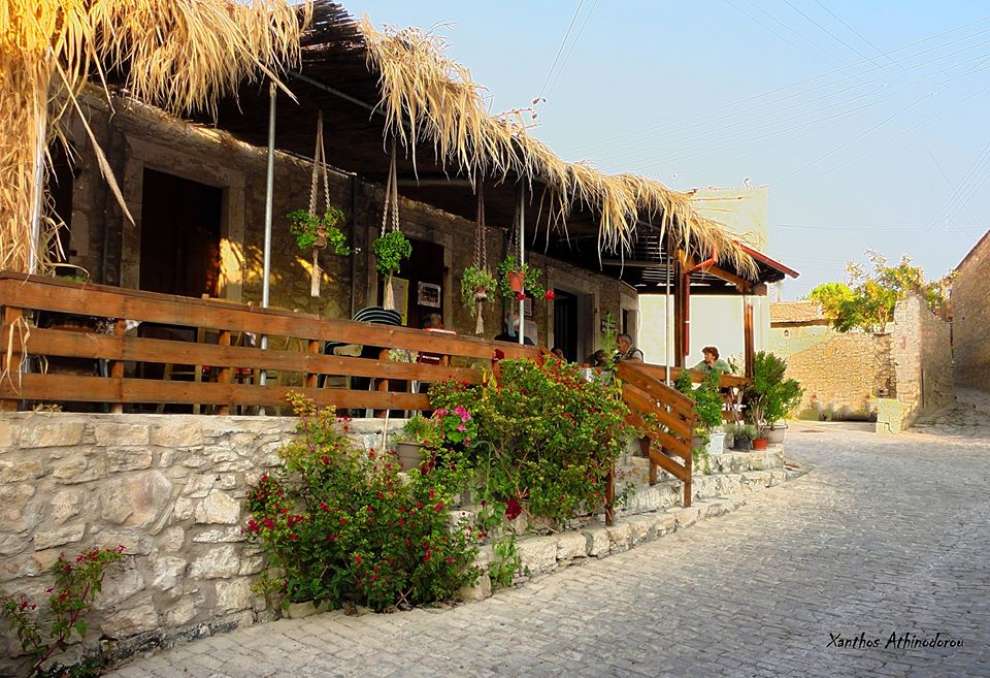 Photo: Xanthos Athinodorou Photography
Photo: Xanthos Athinodorou Photography
The name of the village:
The name Lofou is due to the location that is built on a hill. Its original name was "lofo" meaning Hill, which was used until the 20th century as evidenced by the primary school records.
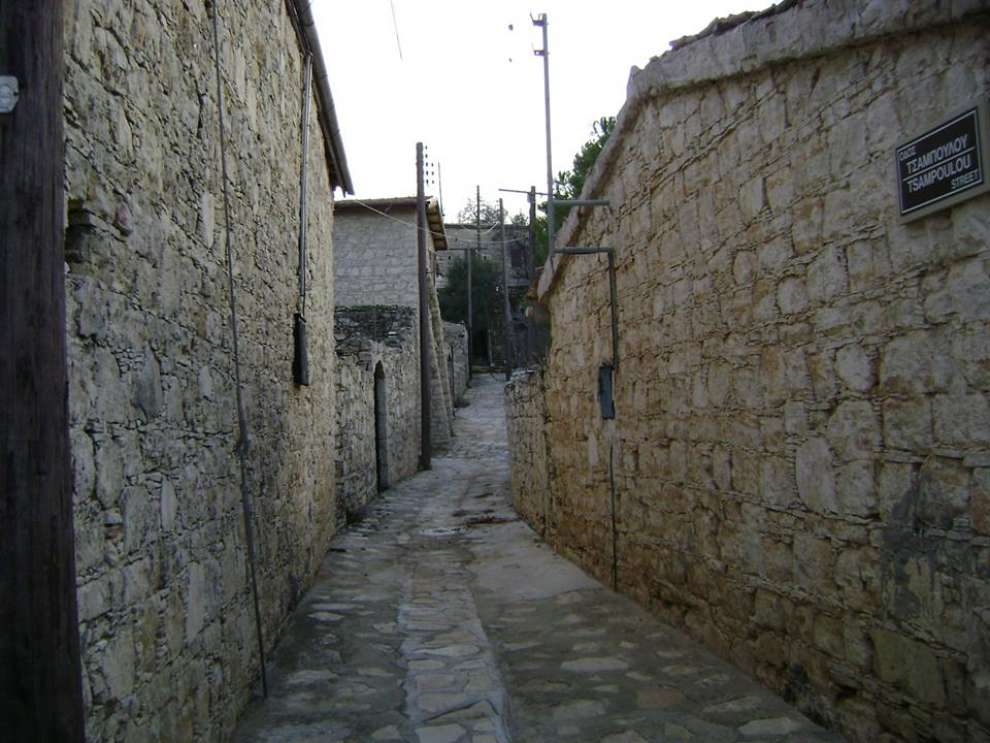 Photo: Νίκος Αγαθοκλέους
Photo: Νίκος Αγαθοκλέους
Historical data:
There are no exact references of when Lofou was founded. However, it must have been inhabited at the time of copper, which is evident by the findings of vases from this period.
The most believed theory, however, is that the village should have been founded in the years of the Frankish rule. Thus, its foundation dates back to the years of Arab raids when the islanders left the coast to settle in more secure areas.
According to Petros Porakos, in the book "Lofou, the people in space and time" (2004), the village, based on archaeological evidence, was inhabited over and over again since it was destroyed many times.
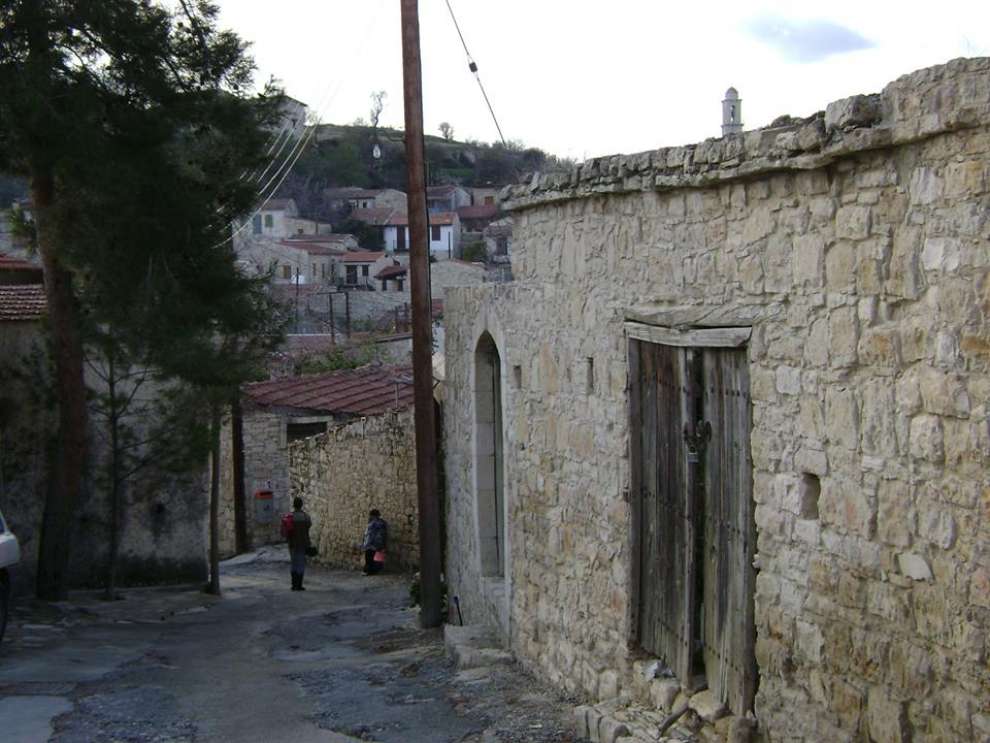 Photo: Νίκος Αγαθοκλέους
Photo: Νίκος Αγαθοκλέους
The first written reference for Lofou, is placed during the Frankish period. According to the medieval historian, Leontios Machairas, Lofou in 1392, was given by the King James I of Cyprus, to his brother Janot-de-Lusignian.
Finally, according to Venetian manuscript, dating back to the end of the 15th century, Lofou was included in the list of Cypriot villages that were considered an estate of the king of Cyprus himself.
During the period of the British occupation, according to researcher Porakos (2004) Lofou transformed into a large vineyard, while in the years 1946 - 1986 the village was abandoned by its inhabitants, who were transferred to Ypsonas.
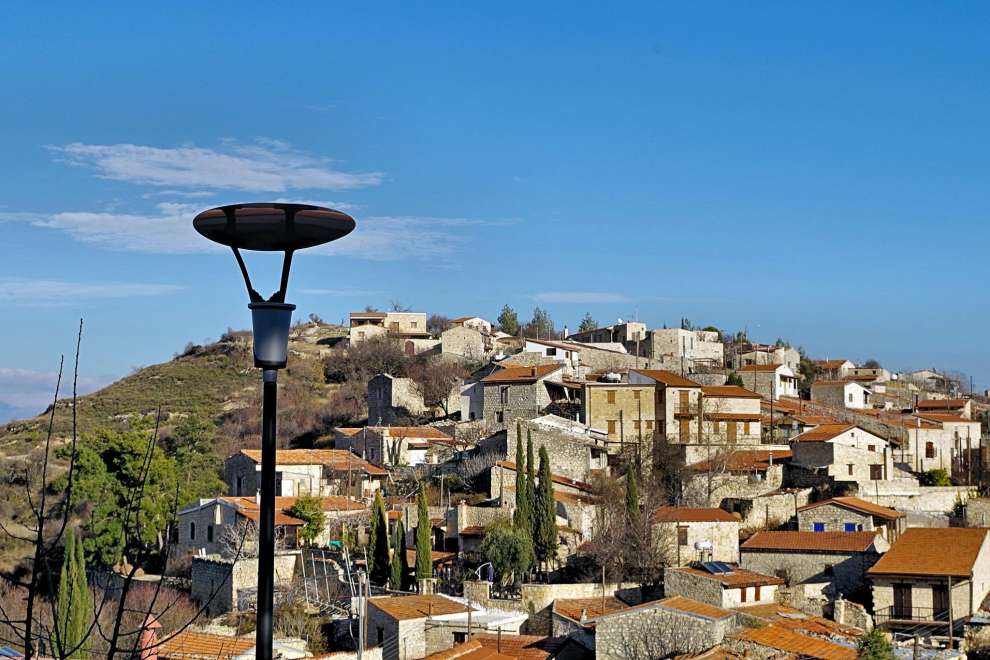 Photo: Stelios Michaelides
Photo: Stelios Michaelides
Churches and attractions:
Walking through Lofou, the architecture will impress you. The dense construction, the uphill and downhill cobblestone streets, the distinctive masonry of the buildings, the impressive "front doors" are only some of the elements that "give" Lofou its unique beauty.
The church of Lofou is dedicated to the Evangelismos Theotokou. It is a 19th-century church built on a small hill in the west of the centre of the village. In Lofou there are several chapels such as the chapel of Agia Marina in the southwest of the village built in 1983, the chapel of Prophet Elias which was renovated at the end of the 20th century and the chapel of Agios Georgios to the west of the village which was renovated in 2000.
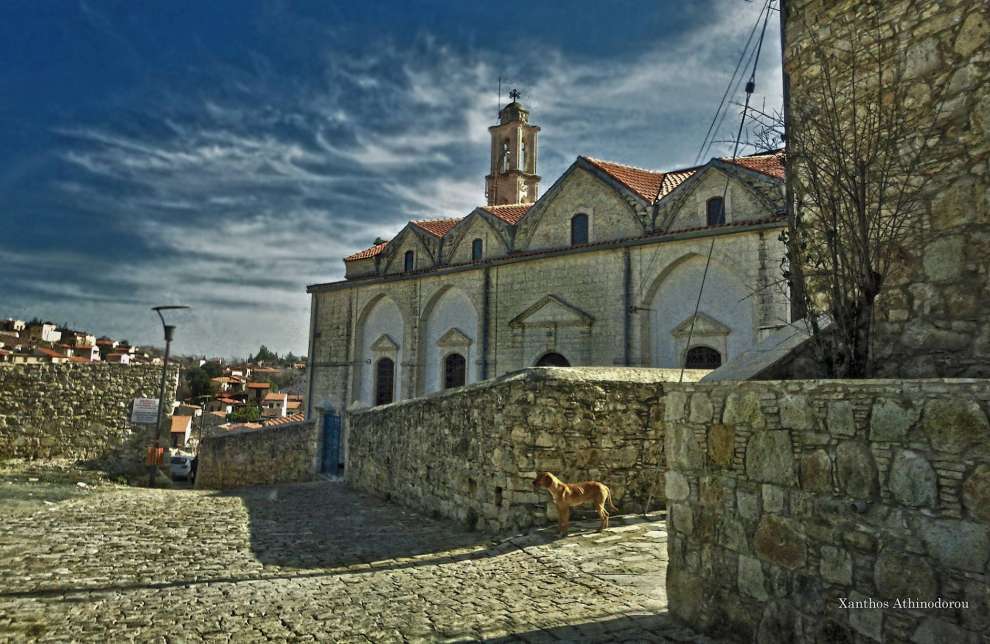 Photo: Xanthos Athinodorou Photography
Photo: Xanthos Athinodorou Photography
In addition to the village there are many sights such as the Community Farm Museum, the old Olive Press, the Private Folklore Museum, the nature trail which is about one and a half kilometres long and follows a downhill course towards the traditional fountain of Elitzis, and a school that is built on the highest point of the village. It is a neoclassical building that adopts elements of the traditional architecture of the houses.
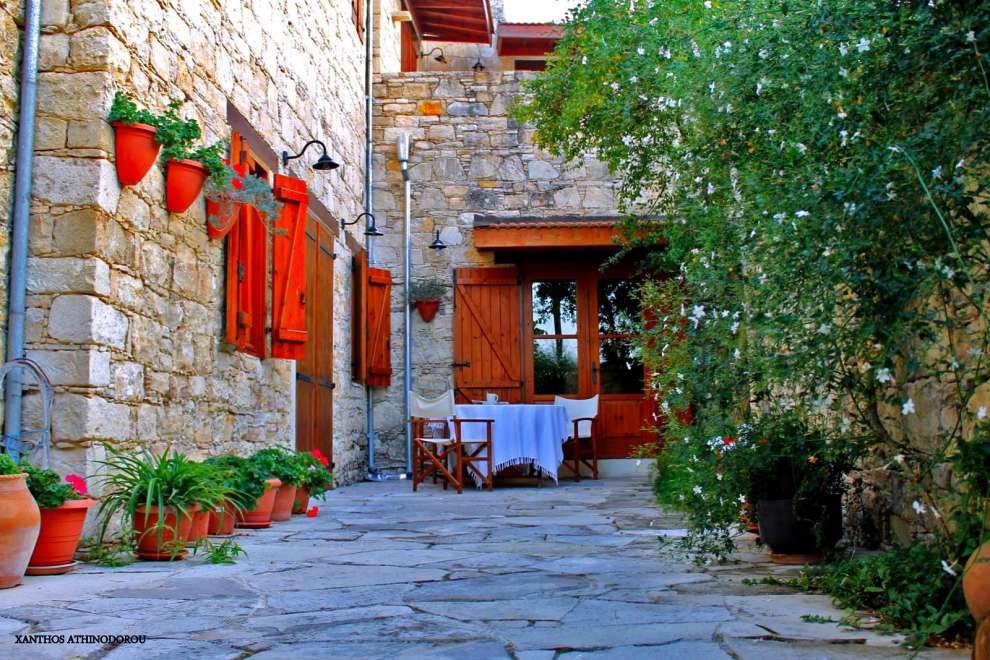 Photo: Xanthos Athinodorou Photography
Photo: Xanthos Athinodorou Photography
It would be a failure to not mention that Lofou has evoked important personalities, such as the hero of 1821 Ioannis Stavrianos and the hero of the sergeant of 1974 Elias Kannauros. Statues of Ioannis Stavrianos and Elias Kannaouros are located within the courtyard of the Lofou Elementary School.
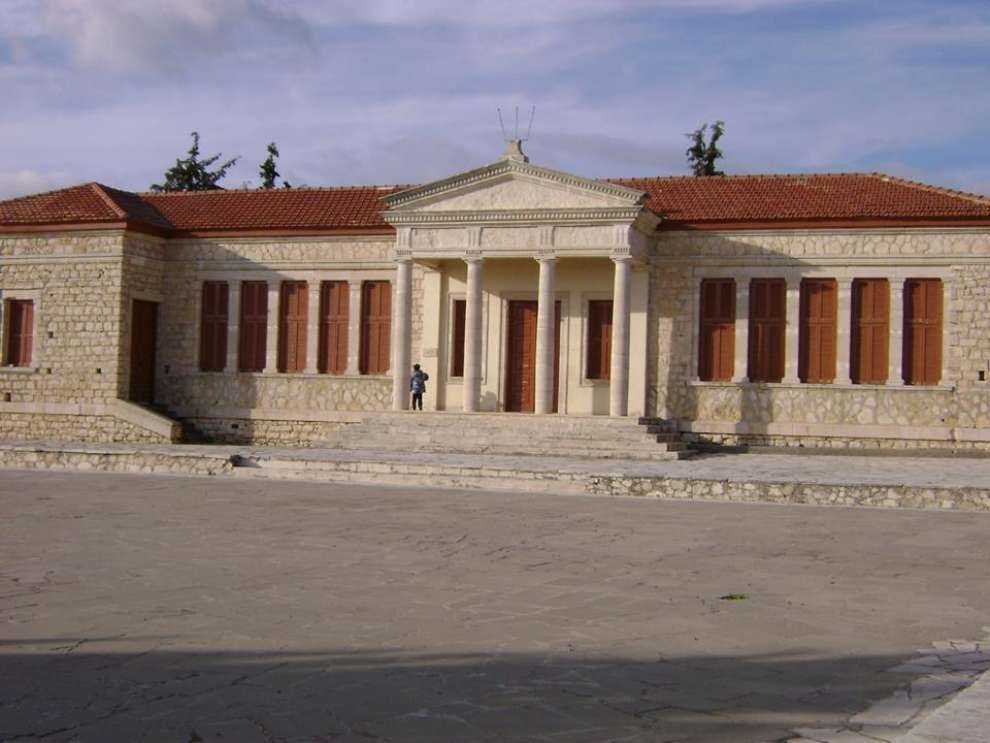 Photo: Νίκος Αγαθοκλέους
Photo: Νίκος Αγαθοκλέους
Population:
Lofou, according to the census that took place on the island from 1881 until 2011, had several population fluctuations. More specifically, in 1881 it had 578 inhabitants and then gradually increased to 962 in 1921. In 1931 it decreased to 952 and to 924 in 1936. In 1960 it decreased again to 234 and increase in 1973 to 317. In 1976 the inhabitants of Lofou were reduced to 156. The village in 1982 numbered 106 inhabitants. In 1992, they dropped to 37. In 2001, they had only 10 residents, and in 2011 the number of people grew to 46.
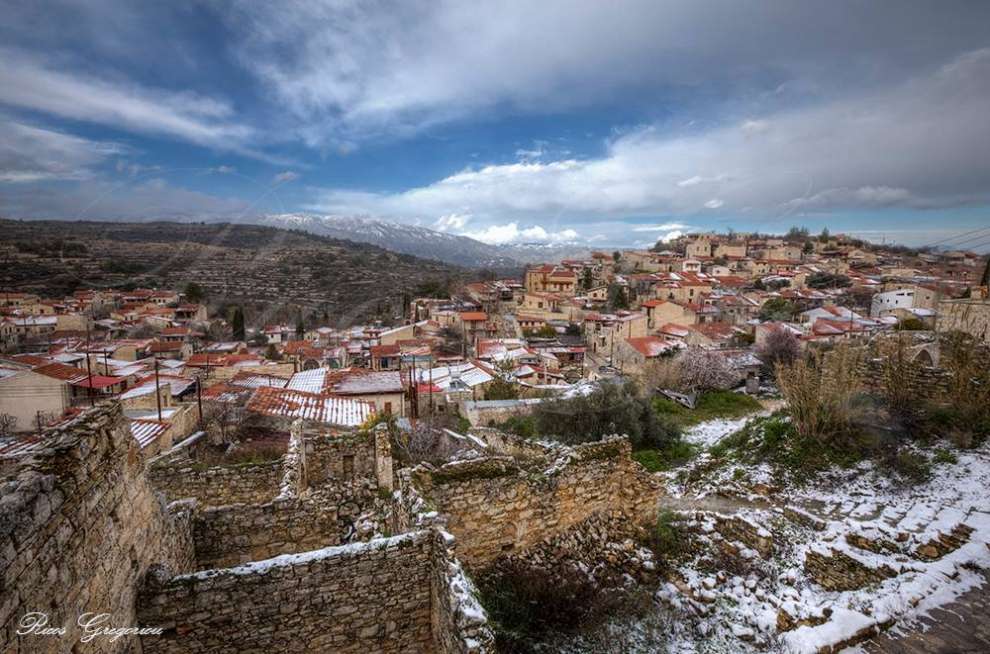 Photo: Ricos Gregoriou
Photo: Ricos Gregoriou
Crops:
Lofou in the past had one of the largest vineyards in Cyprus, but today, because of the wheat, the cultivation of vineyards has been largely abandoned. In addition, at a very slow pace, almond trees, olives, cereals and legumes are grown.
In the village there are also large uncultivated areas, where the wild natural vegetation predominates.
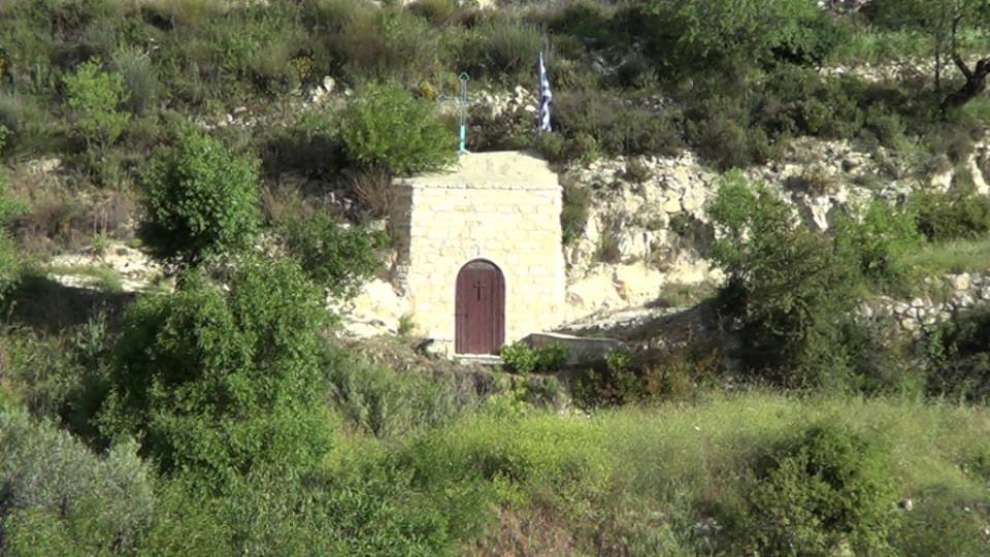 Photo: Kimonas Markoulis
Photo: Kimonas Markoulis
For the map of the area, click HERE

 English
English
 Ελληνικά
Ελληνικά Русский
Русский
















